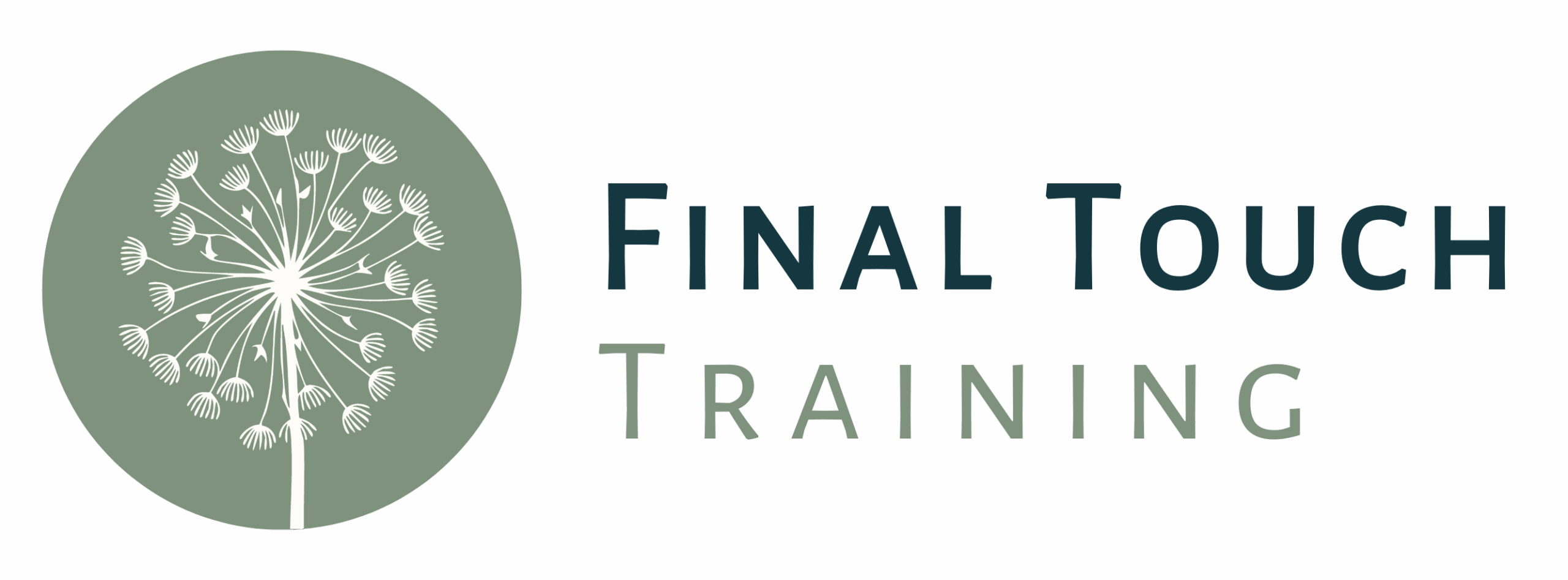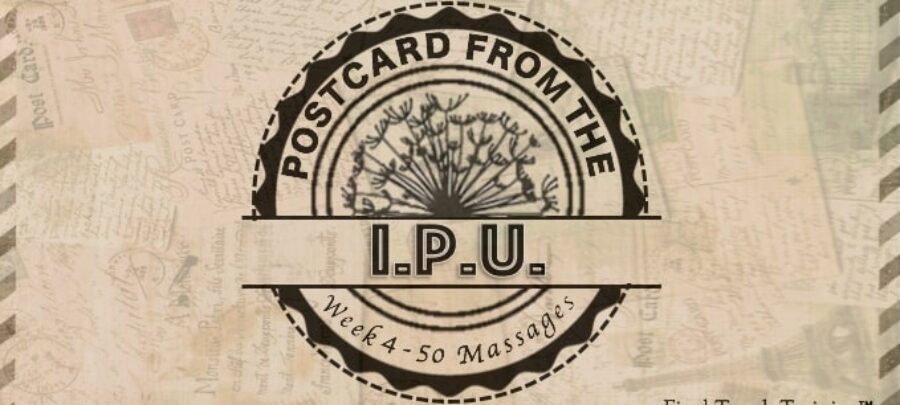The good news is that despite the necessary physical barriers (gloves, masks, etc), hospice massage is still what it has always been: a profound source of comfort to dying patients and their families.
Among the 50 sessions provided at the IPU since April 23rd . . . a foot massage for a man in his 30’s, dying alone while experiencing extreme agitation from alcohol withdrawal . . . gentle holds for a man in renal failure while the clinical team performed a compassionate vent withdrawal . . . and foot massage for a woman with anoxic brain injury whose daughter cried because it was the first time her mother smiled since the stroke. These patients died with comfort and dignity, supported by the entire hospice team – doctors, nurses, nurse aides, chaplain, social worker, music therapist and massage therapist.
To date, there have been no positive cases or transmissions of COVID among our IPU patients or staff, which is news worth celebrating. Our experience thus far is consistent with Atul Gawande’s observation that inpatient environments in America have largely avoided becoming sites of spread. Referring to Mass General Brigham in Boston, Dr. Gawande stated, “My hospital system’s four-part strategy has been in place for a month and a half, and we have increasingly strong evidence that it works.” [click here to access full May 13th article in the New Yorker]. We are grateful for this growing body of evidence that a combination of dedicated hygiene, screening, distancing and masks is proving to be effective in hospitals, even in areas of the country with high density of COVID infection.
We remain aware, as Dr. Gawande also points out, that our greatest risk of exposure is in the community. Our concerns about this are heightened by recent decisions to open commerce in many parts of the country. Every member of our staff has been required to sign a detailed employee policy regarding travel, congregate venues, reporting of symptoms and documentation of potential exposures. In this unified effort to safeguard our IPU, we have been grateful on a daily basis for the guidance of our leadership and the transparency of our teammates.
As massage therapists practicing in this context, we are still very early in the learning curve. We discovered early on that our original protocol was dependent on zip-lock bags that were labor intensive to clean and dry. So we’ve culled those steps and replaced them with more practical measures to accomplish the same goal. We’ve learned that the apron strings can make a huge mess in the washer and dryer, so we’ve added a tip to safeguard our appliances and our sanity. And we’ve responded to a Kentucky colleague’s valid concern about massage to the lower legs.
Our original protocol included light massage (aka “lotioning”) of the feet and lower legs. While our medical team feels that lotioning is safe, we have eliminated leg massage out of an abundance of caution over the clotting issues related to COVID. As these issues become better understood, we hope to add legs back to our massage sessions. And as we have stated before, we will continue to observe and learn from our hospice team members who have provided up-close-and-personal patient care throughout the pandemic. Our fervent hope is that these encounters, over time and assuming they remain safe, will provide evidence-based validation for an eventual return to full-body massage in clinical settings.
While the new measures have grown easier and more habitual over the course of 50 sessions, we remain awed by the extraordinary privilege and the tremendous responsibility of caring for patients during the COVID crisis. Our efforts are made easier by our incredible housekeeping support, and by the countless ways that the environment is set up for the sole purpose of stellar hygiene. There is touchless access to hand sanitizer and paper towels. Most doors open with the flash of a badge. With experience, we’ve identified the type and size of homemade mask that best fits our faces, eliminating the temptation to fiddle. As always, we are learning.
Our decision to change the term “protocol” to “guidelines” is an acknowledgement of the particularity and mutability of the steps we are taking. We do not propose to offer a template that is guaranteed to work for any other massage therapist working in any other environment; indeed we admit that there is no guarantee that our guidelines will achieve desired outcomes even in our own finite world. But with our IPU teammates, we have carefully weighed the risks versus benefits as they appear to us at this time. And we have proceeded with great caution and great hope that our goal of safety is achieved for our patients, our teammates and ourselves. We vow to share with you, our community, the lessons we learn along the way, even the painful ones. May we all have compassion for one another in our shared struggle to do the right thing.


